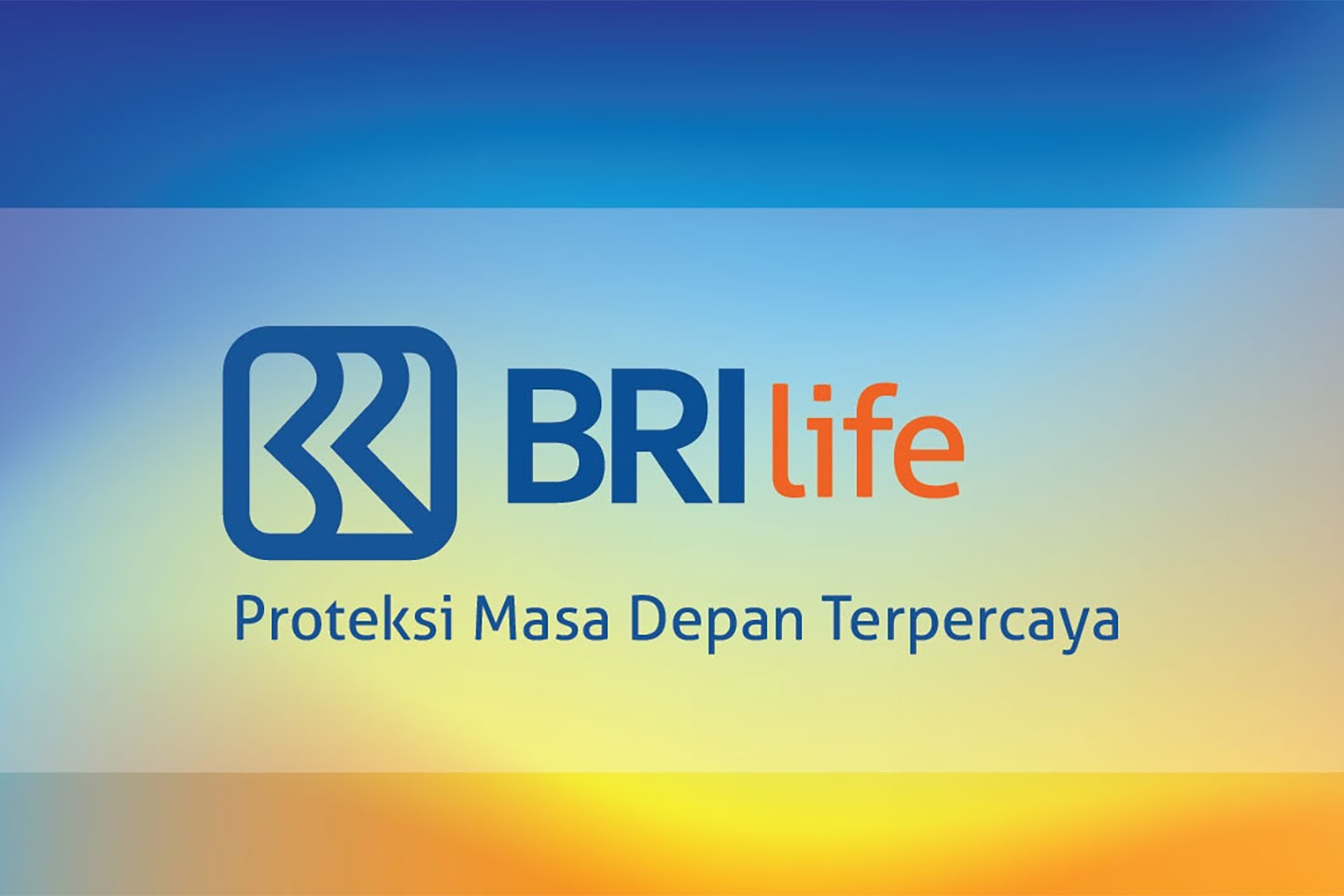Liga Asuransi – Hello risk takers, in the first week of March 2024 we will once again discuss developments and events in the world of insurance in Indonesia in the last week, as we all know, the object of insurance is not only vehicles, life, health or property, but is still broad. There is a wide range of objects that can be insured, especially in the business sector. Almost all business processes from A to Z can be protected by insurance. In this edition, as usual, we have again collected 7 selected news related to insurance that are good for you to know.
As always, if you are interested in this article, please share it with your colleagues so they can understand it as well as you.
AI and Blockchain Technology Shape the Future of Insurance in Southeast Asia
Igloo, a regional insurtech company, stated that artificial intelligence (AI) and blockchain technology will have a significant impact on the development of the insurance industry in Southeast Asia by 2024.
According to Igloo, AI is an important foundation for the insurance sector and can change the way companies analyze data and assess risk. This year, Igloo predicts that insurance companies will increasingly adopt AI to perform more sophisticated data analysis, providing a deeper understanding of customer behavior and preferences, as well as the associated risks.
By leveraging AI, insurers are expected to be able to improve their risk assessment models, produce more accurate pricing, and better manage uncertainty in a dynamic market environment.
Additionally, blockchain technology continues to impact the insurance industry, especially in simplifying the claims process. The decentralized and transparent nature of blockchain ensures that transactions can be recorded efficiently and reliably.
Latest Challenges for the Credit Insurance Industry in the Midst of the Pandemic and Surge in Claims
Over the last three years, credit insurance has been in the spotlight due to its poor performance due to the Covid-19 pandemic. Many insurance companies experienced difficulties and even withdrew because they were unable to cover credit insurance risks from claims submitted by banks and cooperatives because customers failed to pay. Meanwhile, reinsurance companies also lost interest in providing credit insurance in parallel with the surge in claims that occurred.
Based on the statement by the General Chair of the Association of Indonesian Insurance and Reinsurance Brokers (APARI), Bambang Suseno, in a discussion session regarding “Harmonization of Latest Credit Insurance Products and Services Based on POJK No.20/2023”, several insurance companies have stopped providing credit insurance, especially credit life insurance, because of its poor performance and because reinsurers are also no longer interested in covering the risk.
Bambang also highlighted the negative impact on the profitability of several companies operating in the credit life insurance sector, with some even experiencing losses and not continuing the business. For companies that continue to run the credit insurance business, they tend to impose stricter requirements such as stop loss and cut loss, which results in premium rates increasing but coverage becoming more limited.
The impact is not only felt by insurance companies, but also by the banking industry which experiences suboptimal risk coverage, which has an impact on customers. This has resulted in increasingly limited options for insurance brokers, while the industry as a whole has experienced a significant impact.
In response to this condition, the Financial Services Authority (OJK) issued OJK Regulation (POJK) Number 20 of 2023 (POJK 20/2023) concerning Insurance Products Linked to Sharia Credit or Financing and Sharia Suretyship or Suretyship Products, which aims to improve conditions This is by encouraging risk sharing between insurance companies and banks.
Observing the First Tornado in Indonesia. The Impact of the Strong Wind Phenomenon in Rancaekek, Bandung, and Challenges for Insurance
The Indonesian General Insurance Association (AAUI) indicated an increase in insurance claims due to strong winds that hit Rancaekek, Bandung Regency, West Java on February 21. Several factories were affected by this natural event, although the General Chair of AAUI, Budi Herawan, has not been able to provide complete data regarding the total insurance claims caused by the strong winds. “There are several factories affected, but official data is not yet available,” said Budi after a press conference in Jakarta, Wednesday (28/2/2024).
Budi explained that this phenomenon was different from tornadoes in general. AAUI will use it as study material to determine whether a similar phenomenon can be categorized as a typhoon strom or big storm. “This phenomenon rarely occurs. Initially it was thought to be a tornado, but the BMKG stated that it was not a tornado. According to the BMKG, this is still a tornado,” said Budi.
Strong winds in Rancaekek occurred at 16.00 WIB on Wednesday, February 21 2024, and this incident went viral because it was considered the first such incident in Indonesia. According to a researcher from the Climate and Atmospheric Research Center of the National Innovation Research Agency (BRIN), Erma Yulihastin, this strong wind was the first tornado to occur in Indonesia. Even though tornadoes are a rare phenomenon in Indonesia because the region is at the equator, documentation from the public and media really helps researchers in documenting this extreme event.
Although the term “puting beliung” is often used to describe strong wind vortices in several areas in Indonesia, the BMKG denies that the event was a tornado, but rather just a tornado. BMKG also reminded the public to remain alert to extreme weather in various areas, especially tornadoes which still have the potential to occur during the rainy season. According to the Head of BMKG Bandung, Teguh Rahayu, the tornado caused the roofs of residents’ houses in Jatinangor District to fly off and also collapsed the fence of PT Kahatex, Bandung.
PT Asuransi BRI Life’s Profit Jumps 55.5% to IDR 535.2 Billion in 2023
PT Asuransi BRI Life recorded an unaudited profit for the year of IDR 535.2 billion in December 2023. This figure shows an increase of 55.5% compared to the previous year, where this BRI subsidiary managed to achieve a profit of IDR 344.3 billion. billion.
According to Lim Chet Ming, Director of Finance, BRI Life’s total assets experienced growth of 9.8% on an annual basis, reaching IDR 23.6 trillion in 2023 from IDR 21.5 trillion in 2022. This increase is in line with the growth in total investment.
BRI Life’s investment assets reached IDR 19.0 trillion at the end of 2023, an increase of 11.8% from the previous year’s IDR 17.0 trillion. This results in growth in investment returns of IDR 1.2 trillion in 2023, up 26.3% from IDR 956.7 billion in the previous year.
BRI Life’s Gross Written Premium (GWP) will decrease to IDR 7.8 trillion in 2023 from IDR 8.8 trillion in 2022. The company is also gradually reducing dependence on unit-linked products, considering the potential impact of misselling and fluctuating capital market conditions.
Data from the Indonesian Life Insurance Association (AAJI) shows that the number of insured in the life insurance industry will reach 84.8 million people throughout 2023. BRI Life leads in the number of insured and number of policies, with a total of 20.4 million insured customers and 9.9 million policies. .
BRI Life also has a Risk Based Capital (RBC) of 524.0%, far above the minimum requirement of 120%. To safeguard RBC, the company maintains an investment policy that considers liability characteristics, asset quality, and required liquidity.
Asei Insurance Negotiates with Banks regarding Credit Insurance to Comply with the Latest Regulations
Indonesian Export Insurance, or known as Asuransi Asei, is working to reach an agreement with the banking sector regarding credit insurance services. This was done in response to Financial Services Authority Regulation (POJK) Number 20 of 2023 which requires banks and insurance companies to share risks. The President Director of Asei Insurance, Dody Dalimunthe, revealed that they are in the process of convincing banks regarding setting premiums in accordance with this new regulation. Apart from revenue sharing, this regulation also emphasizes the importance of sharing risks between banks and insurance companies. Asei is also coordinating with insurance brokers so that they can explain this change to the bank. Dody stated his commitment to comply with POJK 20/2023 in order to carry out credit insurance services optimally. He also highlighted the importance of aligning views between the insurance, banking and broker industries as mediators between insurance and banks.
In this context, Asei has made special preparations such as providing special units and actuaries. Dody also highlighted the importance of steps taken by the banking sector in evaluating potential borrowers to avoid problem loans. However, Dody is also aware that the credit insurance industry has experienced shocks, especially over the last few years. He attributed the increased risk of default to the impact of the COVID-19 pandemic, which has also caused many businesses to close.
Dody quoted POJK 20/2023 which requires general insurance companies to share risks with creditors in credit insurance products. This rule stipulates that the risk value borne by creditors must reach at least 25% of the credit balance. In addition, the highest maximum coverage value is 10% of the insurance company’s equity. In terms of general insurance industry performance, credit insurance premiums rose to second place as the largest contributor after property premiums. This is a significant jump, considering that over the last three years, credit insurance has been below property and motor vehicle insurance. Even though premiums have increased, claims for credit insurance payments have also increased, especially in productive sectors such as micro insurance and People’s Business Credit (KUR).
OJK Reports Decline in Insurance Companies Without Actuaries: Positive Trend in the Insurance Industry
The Financial Services Authority (OJK) reports that there are still 21 insurance and reinsurance companies that do not have actuaries, with details of two life insurance companies and 19 general insurance and reinsurance companies. However, this figure has decreased compared to previous data as of October 9 2023, where there were 27 companies that did not have actuaries. This development is considered a positive trend, especially in the general insurance and reinsurance industry.
OJK’s Chief Executive of Insurance, Guarantee and Pension Fund Supervision, Ogi Prastomiyono, emphasized that his party will continue to monitor the fulfillment of these requirements, especially in the context of implementing PSAK 117 (formerly known as PSAK 74). The role of actuaries is considered very important in preparing comprehensive financial reports and comparing insurance company performance effectively. PSAK 117 is scheduled to take effect from January 1, 2025.
To date, OJK notes that 96% of life insurance companies have actuaries at the Fellow Society of Actuaries of Indonesia (FSAI) level, with a total of 240 FSAI people. In the general insurance and reinsurance sector, around 76% of companies have FSAI actuaries, with a total of 83 people. The obligations of actuaries by insurance and reinsurance companies are regulated in Law Number 40 of 2014 concerning Insurance and OJK Regulation Number 67/POJK.05/2016 concerning licensing in the insurance industry.
However, the General Chair of the Indonesian General Insurance Association (AAUI), Budi Herawan, said that fulfilling actuarial requirements is still a challenge for insurance companies, especially general insurance. The limited number of actuaries available and the costs required to hire them are problems in themselves. Budi is optimistic that insurance companies will be able to meet these requirements, especially considering the need to comply with the implementation of IFRS 17 by 2025.
2023 Life Insurance Premiums Decrease 7.1%, But Unit-Linked Product Growth Remains Brilliant
According to the Chairman of the AAJI Management Board, Budi Tampubolon, the decline in life insurance premium income last year was caused by a decrease in unit-linked product premiums by 22.6% on an annual basis. Despite this, this product is still showing growth with revenue reaching IDR 85.33 trillion in 2023. Meanwhile, traditional life insurance products experienced an increase in revenue of 14.1% to IDR 92.33 trillion.
Budi said that unit-linked premiums contributed 48% of the industry’s total premium income, while traditional premiums contributed 52%. Investment results also showed positive growth of 46.2%, reaching a total of IDR 32.03 trillion.
Total life insurance income until the end of 2023 reached IDR 219.70 trillion, experiencing a slight decrease of 2% compared to the previous year. However, there were positive achievements in the number of insured which increased 0.5% to 84.84 million people, and the total sum insured increased 9.9% to IDR 5,343.43 trillion.
In addition, health insurance claims have increased significantly due to high medical inflation and increasing public awareness of health services. To overcome this challenge, the life insurance industry is taking steps such as reviewing cooperation with hospitals, evaluating products and premiums based on claims experience, and supporting OJK’s steps in strengthening the health ecosystem through quality health insurance products and services.
AAJI’s Head of Literacy and Consumer Protection, Freddy Thamrin, stated that the life insurance industry had paid claims amounting to IDR 162.75 trillion in 2023, a decrease of 6.8% compared to the previous year. These claims include end of contract claims, death claims, policy redemption claims, and partial withdrawal claims.
This article is brought to you by L&G Insurance Broker, insurance broker Indonesia..
—
LOOKING FOR INSURANCE PRODUCTS? DON’T WASTE YOUR TIME AND CONTACT US NOW
24 JAM L&G HOTLINE: 0811-8507-773 (CALL – WHATSAPP – SMS)
website: lngrisk.co.id
Email: customer.support@lngrisk.co.id
—

















